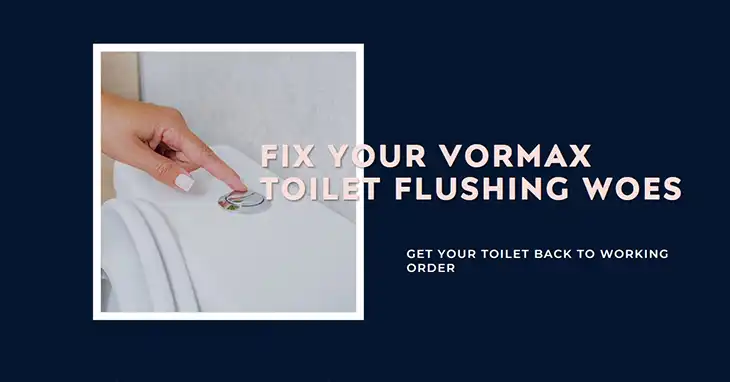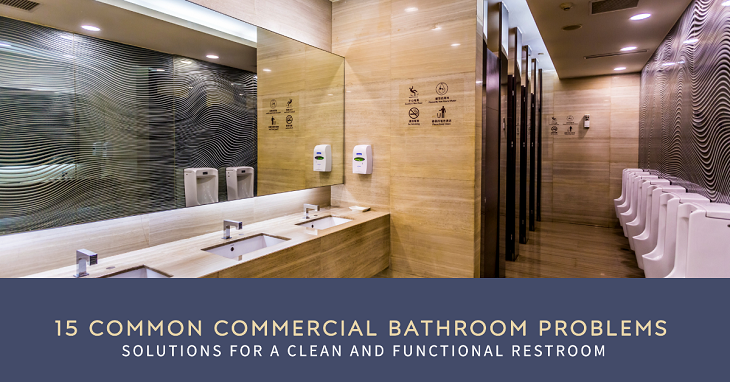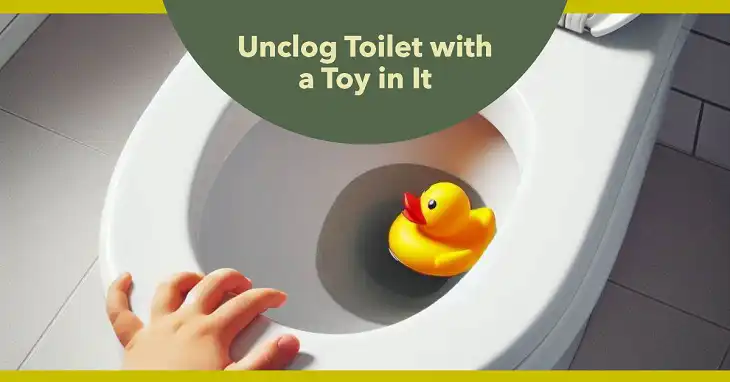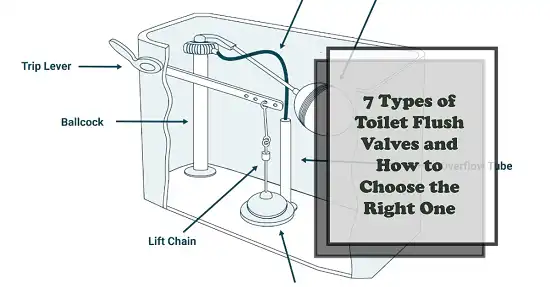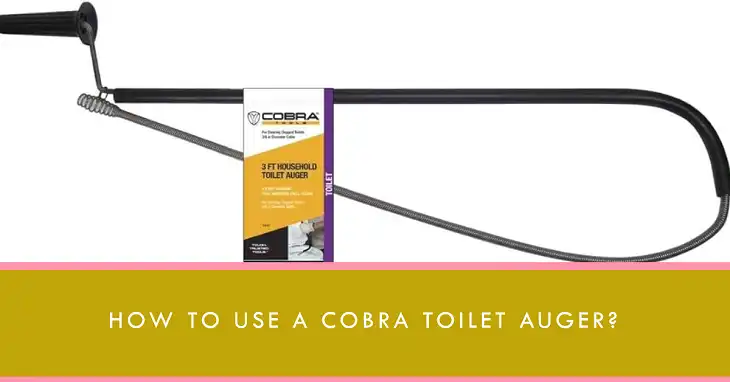How to Unblock a Badly Blocked Toilet?
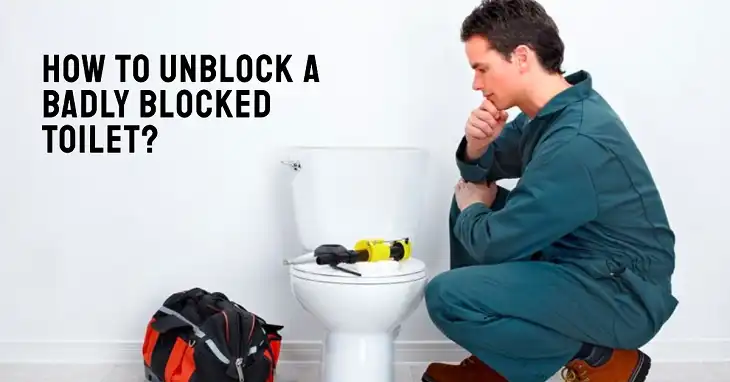
Unblocking a toilet can be a messy, frustrating, and inconvenient task. When dealing with a stubborn blockage, it’s crucial to follow the right steps to avoid worsening the situation or causing damage to the plumbing. In this guide, I’ll walk you through a detailed process to clear a severely blocked toilet using various tools and methods, including some advanced techniques for tougher clogs.
Quick Summary
To unblock a badly blocked toilet, start with basic tools like a plunger or toilet auger. If those fail, try alternative methods such as hot water and soap, baking soda and vinegar, or using a wet/dry vacuum. In severe cases, removing the toilet or seeking professional help might be necessary.
Step-by-Step Guide to Unblock a Badly Blocked Toilet
Step 1: Assess the Situation and Gather the Right Tools
Before you begin, identify the severity of the blockage. If the water is overflowing, turn off the water supply by twisting the valve located behind the toilet. Gather these essential tools:
- Rubber gloves
- Plunger (preferably a flange plunger)
- Toilet auger (plumbing snake)
- Bucket
- Old towels
- Wet/dry vacuum (optional)

Step 2: Start with a Plunger
The plunger is often the first tool to try for most blockages. However, you need to ensure you’re using the right technique:
- Place the flange plunger over the drain hole, creating a good seal.
- Push down gently to force air out, then plunge vigorously for about 20-30 seconds.
- If water starts draining slowly, repeat the process until the clog is cleared.
Pro Tip: Make sure the toilet bowl has enough water to cover the plunger head. If not, add some water before plunging.
Step 3: Use a Toilet Auger (Plumbing Snake)
If the plunger doesn’t work, a toilet auger can help reach deeper blockages.
- Insert the auger into the toilet drain carefully.
- Rotate the handle clockwise to push the snake through the blockage.
- When you feel resistance, continue turning until the snake moves freely.
- Pull out the auger and flush to see if the clog is gone.
Note: Be careful not to scratch the porcelain when using an auger.

Alternative Step 1: Try Hot Water and Dish Soap
For minor blockages, hot water and dish soap can sometimes do the trick:
- Pour half a cup of dish soap into the toilet bowl.
- Heat a gallon of water (not boiling) and slowly pour it into the bowl.
- Let it sit for 15-20 minutes.
- Try flushing to see if the blockage loosens.
Alternative Step 2: Use Baking Soda and Vinegar
This natural method is effective for soft blockages:
- Pour 1 cup of baking soda into the toilet.
- Slowly add 2 cups of vinegar and allow the mixture to fizz for about 30 minutes.
- Add hot water and wait for another 10-15 minutes.
- Flush the toilet to see if the blockage clears.
Alternative Step 3: Deploy a Wet/Dry Vacuum for Severe Blockages
A wet/dry vacuum can be used if the blockage is not responding to other methods.
- Empty the toilet bowl of water using the vacuum.
- Insert the vacuum hose into the drain and wrap an old towel around it to create a tight seal.
- Turn on the vacuum and let it suck out the blockage.
- Once the clog is removed, flush to ensure the toilet drains properly.
Alternative Step 4: Remove the Toilet (Advanced)
If all else fails, removing the toilet may be the only option:
- Turn off the water supply and drain the toilet.
- Unscrew the bolts holding the toilet to the floor.
- Gently lift the toilet off the flange.
- Check for clogs in the trap or drain and remove any visible obstructions.
- Reinstall the toilet, ensuring the wax ring is properly seated.
Warning: This method requires some plumbing knowledge. If you’re unsure, consider hiring a professional.
Final Step: Call a Professional Plumber
If none of the above methods work, it’s time to call a professional plumber. Some blockages are too severe for DIY methods and might require specialized tools.
Preventing Future Toilet Blockages
Taking a few preventive measures can help you avoid severe blockages in the future:
- Avoid flushing non-flushable items: Never flush items like wipes, cotton swabs, or sanitary products.
- Use less toilet paper: Excessive toilet paper can lead to clogs.
- Regular maintenance: Use enzyme-based cleaners monthly to break down waste buildup.
Frequently Asked Questions (FAQs)
1. What is the most effective tool to unblock a toilet?
The most effective tool is a toilet auger for severe blockages. For simpler clogs, a plunger is usually sufficient.
2. Can hot water damage my toilet?
Boiling water can crack porcelain, so it’s better to use hot but not boiling water to avoid damage.
3. Why does my toilet keep getting blocked?
Recurring blockages can be due to flushing non-flushable items, poor plumbing design, or an issue in the main sewer line.
4. Can I use chemical drain cleaners?
Avoid using chemical drain cleaners as they can damage pipes and are often ineffective for severe clogs. Opt for mechanical methods or professional help.
5. How do I know if I need to call a plumber?
If you’ve tried multiple methods and the blockage persists or if there’s overflowing or sewage backup, it’s time to call a plumber.
Final Thoughts
Unblocking a badly blocked toilet can be a challenging task, but with the right tools and methods, it’s manageable. Start with simple solutions like plunging and move up to more advanced techniques if necessary. Remember, if you’re ever in doubt or the clog is too severe, don’t hesitate to seek professional help to avoid further damage to your plumbing system.

